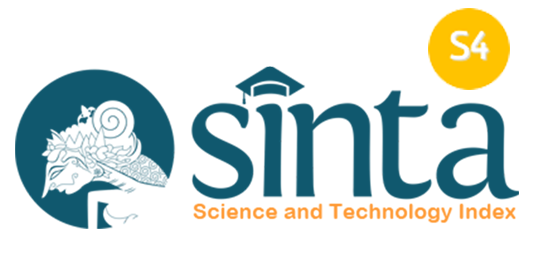Utilization of Geoelectric Resistivity Method to Identify Soil Conditions in Underground Pipeline Planning
DOI:
https://doi.org/10.32585/modulus.v7i1.6804Abstract
The diversity of physical and chemical properties of subsurface layers makes geotechnical information essential in the early stages of construction planning, particularly for underground works such as pipeline routes. The heterogeneity of soil conditions can pose technical risks if not properly anticipated. The resistivity geoelectrical method is a non-destructive investigation technique that provides a depiction of subsurface resistivity distribution, helping to effectively and efficiently identify geological characteristics and soil structure. This study aims to examine the application of the resistivity geoelectrical method in identifying soil conditions as a technical basis for planning underground pipeline routes in Semarang City, Central Java. The survey was conducted at 24 observation points (GL 01–GL 24) using a quantitative approach and field experiment method. Data collection was carried out through direct measurements using specific electrode configurations to obtain resistivity values at each observation point. The interpretation results show variations in resistivity values that reflect differences in subsurface materials, such as clay, sand, and hard rock layers. These findings are used to assess excavation difficulty, potential landslides, and the likelihood of groundwater presence along the planned pipeline route. Thus, the use of the resistivity geoelectrical method has proven to provide detailed spatial information and supports safer and more efficient underground pipeline construction planning.
Downloads
Downloads
Published
Issue
Section
License
Copyright (c) 2025 Yayu Sri Wahyuni, Ach. Nur Irchamul K.

This work is licensed under a Creative Commons Attribution-NonCommercial-ShareAlike 4.0 International License.
This work is licensed under a Creative Commons Attribution-NonCommercial 4.0 International License.















